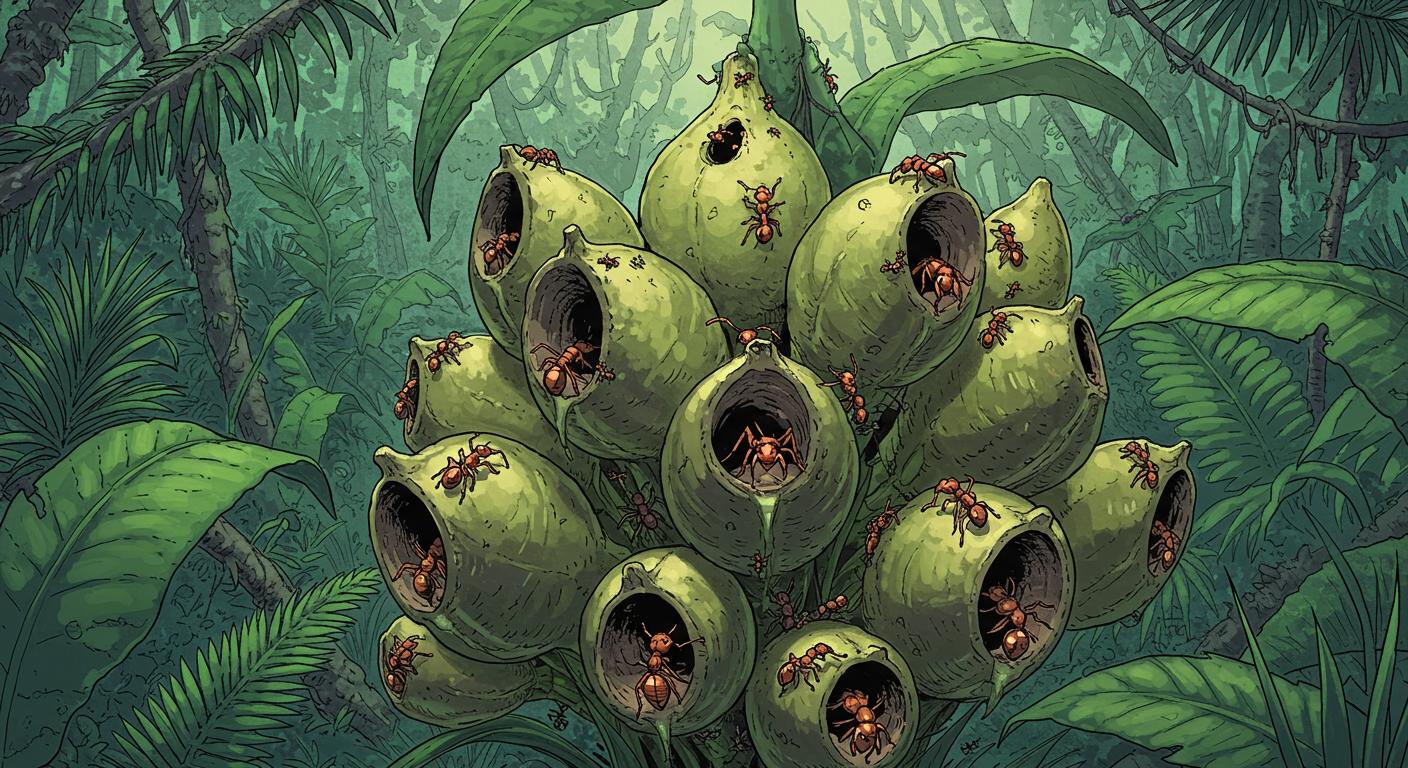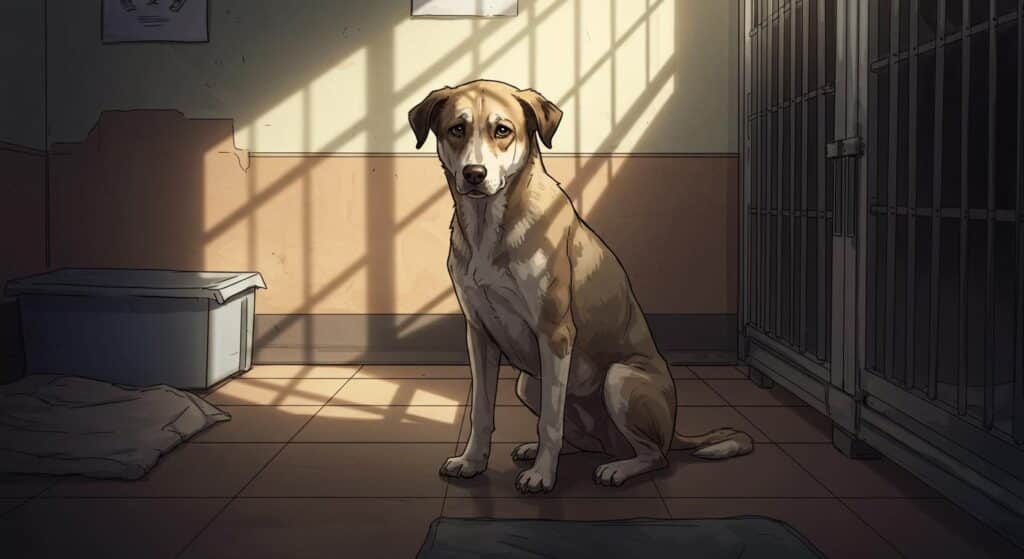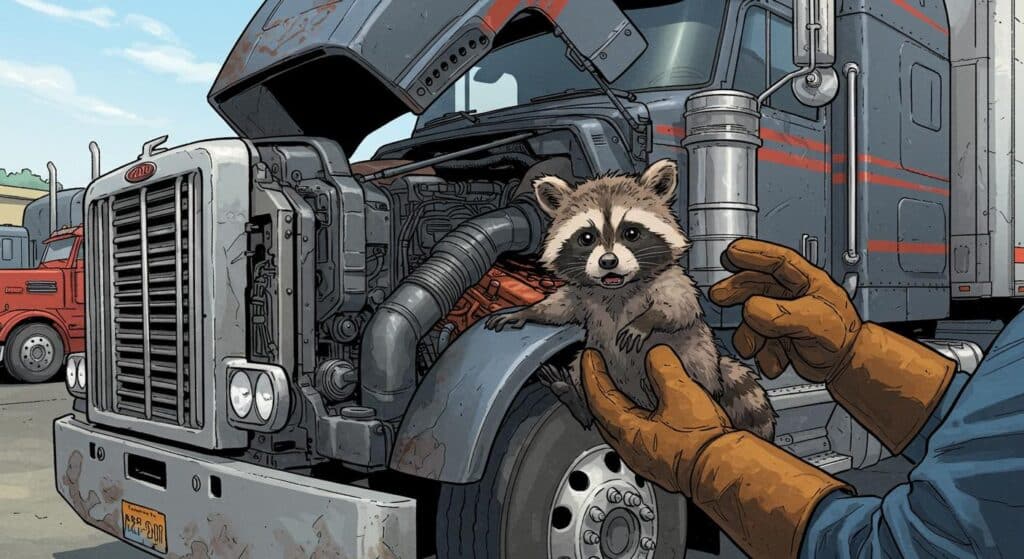Some solutions are so elegant that you wonder why it took us so long to copy them. Consider the case of the Fiji rainforest’s Squamellaria ant plant, which seems to have independently stumbled onto the concept of high-rise condo living, long before human city planners decided doors—and selective privacy—were the secret to coexistence.
When Your Roommates Would Literally Kill Each Other
According to a new study, as highlighted by Washington University in St. Louis via ScienceDaily, the oddly bulbous tubers of Squamellaria serve as a sort of botanical apartment complex, housing rival ant species in total physical separation. Each ant colony gets its own sealed chamber, with a private entrance to the outside but absolutely no cross traffic—like the world’s most introvert-friendly architecture.
The study notes that these domatia (the scientific term for hollow plant chambers) are “meticulously isolated,” with the internal design resembling, well, a color-coded ant hotel. The big twist? If you breach the wall and mix ant tenants, things go full Game of Thrones, with immediate and lethal violence breaking out. Footage reviewed by researchers confirmed that when partitions were sliced open, previously separated ant colonies fought fiercely and fatally. During a 25-minute observation window after the walls came down, ant workers from both colonies engaged in deadly combat, leaving a trail of carnage that would make any landlord reconsider open-concept designs.
Compartmentalization: Not Just for Humans in Therapy
The ScienceDaily article includes commentary from first author Guillaume Chomicki, who clarified that the plant’s motivations are, unsurprisingly, self-serving. More ants in more separated rooms mean more nutritious fertilizer for the plant, courtesy of the ants’ natural bathroom habits. There’s no great benevolence at play—just a clever evolutionary method for maximizing free labor while minimizing workplace brawls.
This isn’t a haphazard arrangement. As noted in the study, CT scans of the tubers revealed a dizzying, carefully constructed maze of compartments, far too complex to fully map by hand. Senior author Susanne S. Renner remarked that this compartmentalization was only truly revealed through 3D models based on imaging data—a fact practically made for library science aficionados and fans of hidden complexity.
Farming Ants, Rivalry, and the Evolutionary Real Estate Market
ScienceDaily documents that, in earlier work, Chomicki and Renner had already established these ants aren’t just tenants; they’re also necessary gardeners. The ants plant Squamellaria seeds in crevices, fertilize the seedlings with their waste, and generally ensure the plant’s chance of survival in the rainforest canopy, where rich soil is a myth. This dual role as both resident and caretaker means the plant is deeply invested in keeping multiple species around—but only if it can do so without encouraging parade-level chaos.
Allowing more than one ant species does introduce the problem of competition and, as the outlet explains, the risk of destabilizing conflict. The solution, as explained through both observation and CT analysis, is to ban contact between rivals. By institutionalizing privacy, Squamellaria can benefit from multiple species; each colony is motivated to stay out of the other’s way, and every bit of waste helps the plant thrive. But as researchers observed, when this carefully curated regime is disrupted and the wall between colonies is breached, things turn ugly almost immediately.
An Old Problem, Solved with a New Box
Renner, as quoted in ScienceDaily, points out that Squamellaria provides a literal blueprint for evolutionary theory: unrelated partners in a symbiotic relationship typically compete and cause trouble, but explicit compartmentalization circumvents the issue. The plant effectively uses internal walls and single-door access to keep its unrelated mutualists productive and peaceful—a strategy that feels refreshingly straightforward amidst a tangle of complicated ecological relationships.
You have to wonder: if architects borrowed more from Squamellaria, would suburbia be a little less…dramatic? Or would we just end up with thicker walls and different kinds of neighborly standoffs?
In any case, the next time you’re grateful for not sharing a bathroom with your neighbors, remember: some innovations are older—and arguably more necessary—than we realize. Nature, as tends to be the case, was way ahead of us.







